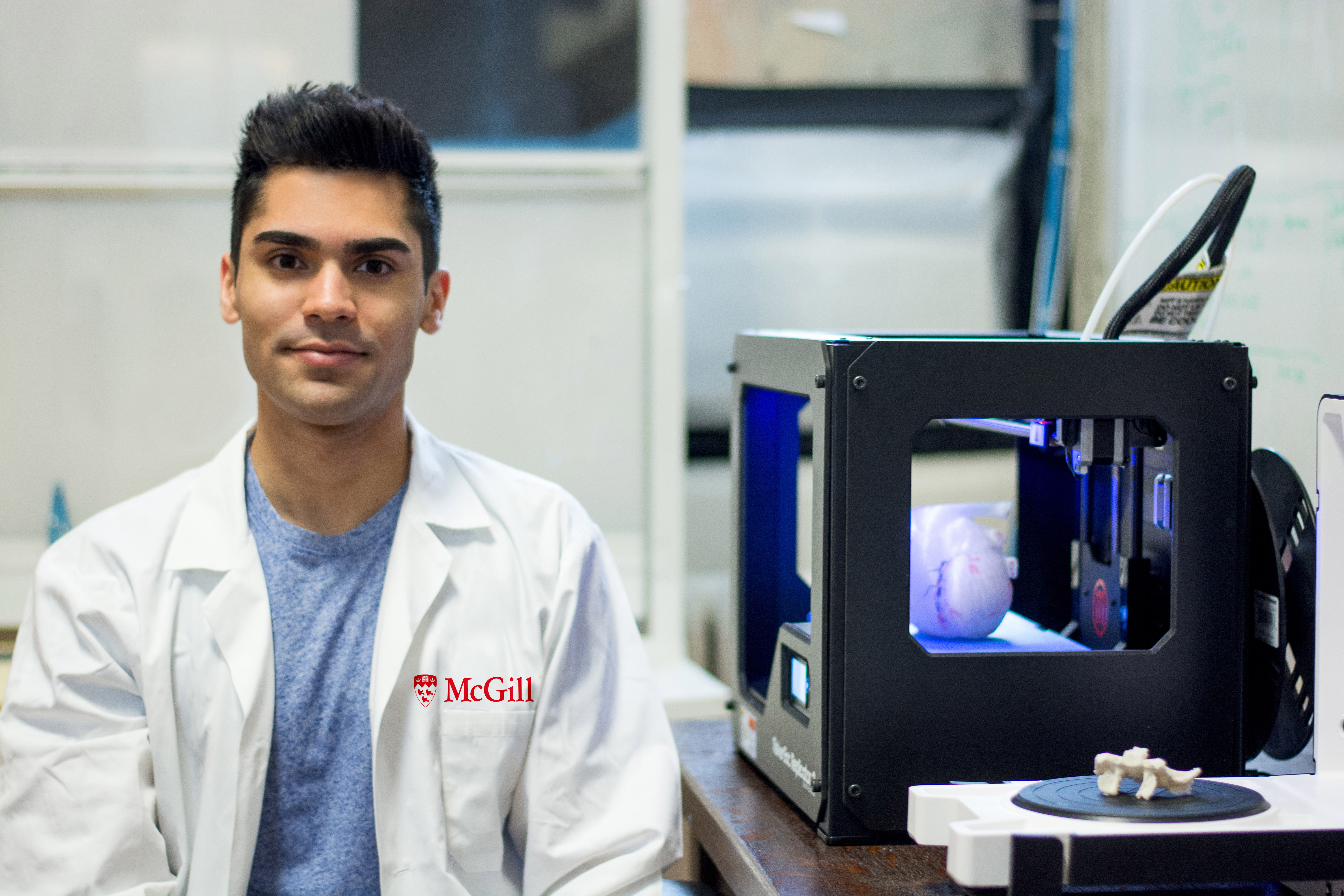This February, the McGill Anatomy and Cell Biology Students’ Society (MACSSS) acquired an in-house 3D printer and scanner for the McGill’s Strathcona Anatomy and Dentistry building, thereby offering 3D printing services to supplement anatomy courses. This new technology promises numerous possibilities that could play an essential role in the human anatomy courses offered by the Department of Anatomy and Cell Biology.
The Strathcona building has a large and diverse collection of cadaver sections on site in the human anatomy lab and museum, which are available to medical and anatomy students. The costs associated with maintaining cadavers, however, are high because the period of time for which they can be used for educational purposes is limited due to decomposition. Also, cadaver sections must be kept in formaldehyde solutions, handled with extreme care, and kept in a well-ventilated lab. Sections can be easily damaged in cadaver labs, hindering the discernibility of key anatomical features.
But now, having access to an in-house 3D printer and scanner will allow students and professors to scan pre-existing cadaver sections and produce replicas that are tougher, longer lasting, easier to use, and readily available for students to examine. Plus, 3D printing is a crucial step toward having a more sustainable campus with affordable, practical, and renewable teaching materials.
The 3D printing and scanning technology will be used exclusively by anatomy professors, students, and department members for educational uses. There is also discussion within MACSS about the possibility of selling brand new 3D printed sections to students to help cover the upkeep costs of the machinery and to allow students to obtain affordable replicas of sections studied in class and in the lab. An extensive library of section templates is currently available to print organs, muscles, bones, and other anatomical features.
The printer is part of an effort to implement 21st-century technology in the classroom, and to continue providing the hands on materials of courses, such as ANAT 214: Systemic Human Anatomy, which attract the most number of students. Geoffroy Noel, the Director of the Anatomical Sciences Division of the Centre for Medical Education at McGill, stated in an interview with The Daily that he “sees the addition of 3D printing services to be exactly what the department needed to improve student learning.”
Maha Nagaria is the incoming VP Academic of MACSS for 2016-17.

